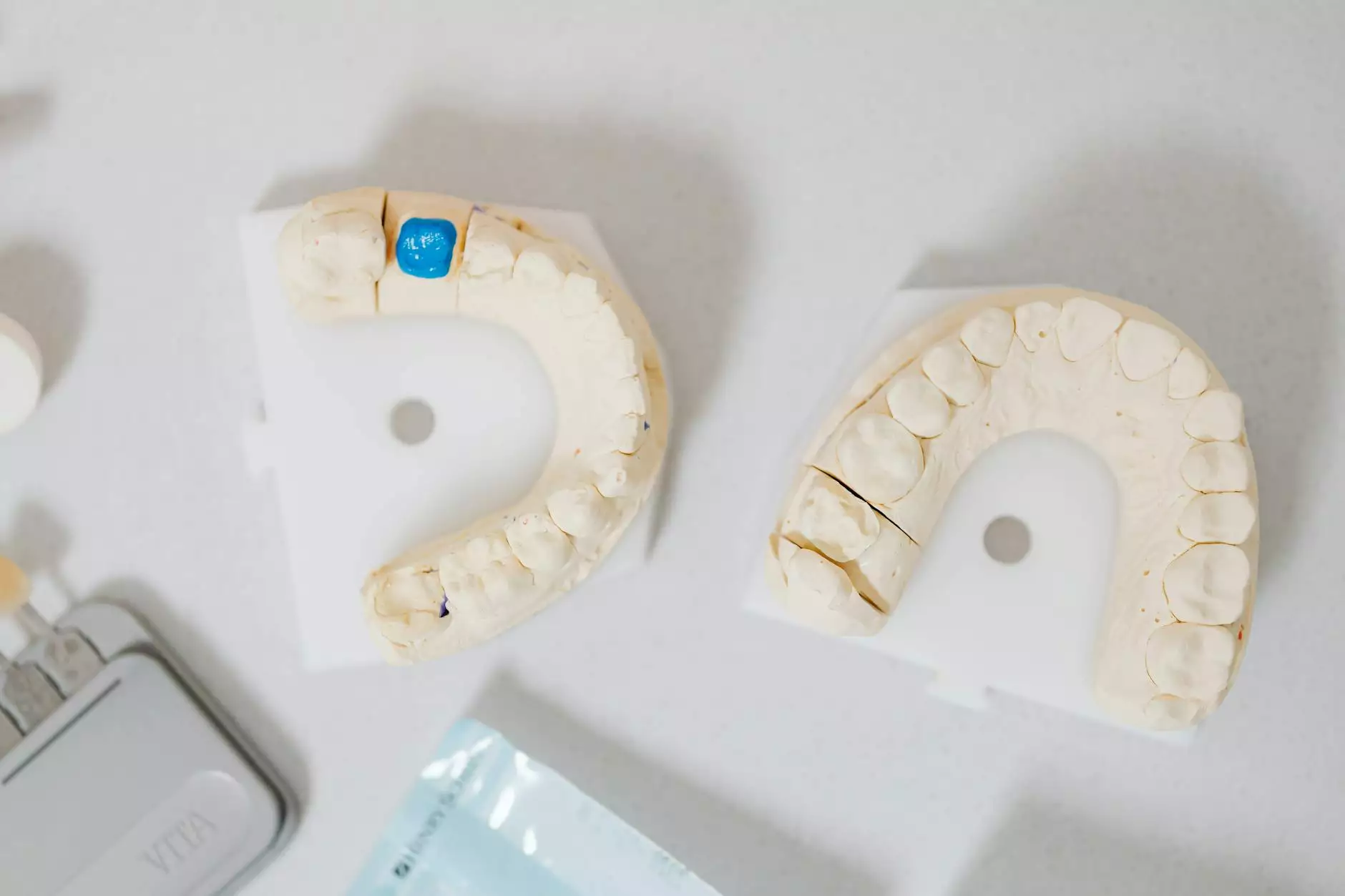CT Scan for Lung Cancer: A Comprehensive Guide

Lung cancer continues to be one of the leading causes of cancer-related deaths worldwide. With effective diagnostic tools, healthcare professionals can identify lung cancer early, significantly improving treatment outcomes. One of the most impactful diagnostic imaging tests available today is the CT scan, particularly for lung cancer. This article will explore the significance of CT scans in lung cancer detection, their procedural aspects, and how they contribute to better health outcomes.
Understanding Lung Cancer
Lung cancer originates in the lungs and can be classified into two major types: non-small cell lung cancer (NSCLC) and small cell lung cancer (SCLC). These cancers can develop in different parts of the lungs and may manifest various symptoms including:
- Persistent cough
- Chest pain
- Shortness of breath
- Unexplained weight loss
- Fatigue
Early detection is vital for successful treatment, and this is where diagnostic imaging plays a crucial role. A CT scan for lung cancer is one of the most effective modalities for diagnosing and staging this disease.
What is a CT Scan?
A CT scan, or computed tomography scan, is a sophisticated imaging technique that combines multiple X-ray images taken from different angles and uses computer processing to create cross-sectional images of bones, blood vessels, and soft tissues inside your body. When specifically used for lung cancer, it provides detailed images of the lungs, which aids in:
- Identifying visible tumors
- Assessing the size and location of cancerous growths
- Determining the stage of cancer by examining lymph nodes and surrounding tissues
- Monitoring treatment response and detecting recurrences
Why is a CT Scan Critical in Lung Cancer Diagnosis?
The importance of utilizing a CT scan for lung cancer cannot be overstated. Here are several reasons highlighting its critical role:
1. Early Detection
CT scans can detect lung cancer at an earlier stage compared to standard X-rays, often revealing small nodules that can be indicative of lung cancer. According to various studies, low-dose CT screenings have shown to reduce mortality rates among high-risk individuals.
2. Detailed Imaging
A CT scan delivers high-resolution images that differentiate lung tissue, making it easier for physicians to pinpoint anomalies and assess their characteristics. This is particularly useful in planning treatment options.
3. Staging of Cancer
Knowing the stage of lung cancer is essential for dictating the course of treatment. CT scans allow clinicians to determine how far cancer has spread, both within the lungs and to other parts of the body.
4. Guiding Treatment Decisions
The information derived from CT imaging can greatly guide treatment decisions. It helps in deciding whether a surgical approach, chemotherapy, or radiation therapy is more appropriate for the patient.
The CT Scan Procedure: What to Expect
When preparing for a CT scan, it's essential for patients to understand the process. Here's a detailed overview:
1. Preparation
Patients may be instructed to avoid eating or drinking for a few hours before the scan, particularly if contrast material is used. It’s important to inform the medical team about any allergies, particularly to iodine-based materials.
2. The Scan Itself
During the procedure, the patient lies on a table that slides into the CT machine. The scanner is ring-shaped and rotates around the body, capturing images from multiple angles. The entire process typically lasts between 10 to 30 minutes. Patients may need to hold their breath briefly while images are taken to ensure clarity.
3. After the Scan
Post-scan, patients can usually resume their normal activities immediately. If a contrast agent was used, healthcare providers may request monitoring for any adverse reactions.
Benefits of Using a CT Scan in Lung Cancer Diagnosis
The implementation of CT scans in lung cancer diagnosis offers numerous benefits:
- Non-invasive: CT scans are a non-invasive method of examining internal structures, making them preferable to exploratory surgeries.
- Quick results: Imaging results are typically available quickly, allowing for timely decision-making.
- Comprehensive analysis: They provide comprehensive views that assist in thorough evaluations of suspicious lung nodules or masses.
- Enhanced monitoring: CT scans facilitate the ongoing monitoring of lung cancer after treatment, providing insights into cancer recurrence.
Advancements in CT Imaging Technology
The field of imaging technology is continually evolving. Recent advancements in CT technology, such as low-dose CT scanning and multi-slice CTA, have improved the safety and efficacy of lung cancer screening, offering less radiation exposure while maximizing diagnostic accuracy.
Risks and Considerations
While CT scans are invaluable, there are some risks and considerations to be aware of:
1. Radiation Exposure
A CT scan involves exposure to radiation, though the levels are generally considered low and the benefits often outweigh the risks. However, it’s crucial to limit unnecessary scans.
2. Contrast Material Risks
For those who receive contrast for enhanced imaging, there's a potential risk for allergic reactions or kidney effects, especially in patients with pre-existing kidney conditions.
Final Thoughts on CT Scans for Lung Cancer
In conclusion, a CT scan for lung cancer represents a pivotal tool in early detection, diagnosis, and treatment planning for those affected by lung cancer. Understanding its procedure, benefits, and risks can help patients and their families make informed decisions regarding lung health. By utilizing advanced diagnostic techniques like CT imaging, we can hope to improve outcomes for lung cancer patients and contribute to the strides in cancer treatment and prevention.
Connect with HelloPhysio
For more information and resources on health, medical insights, sports medicine, and physical therapy, visit HelloPhysio. Staying informed is the first step toward better health and well-being!









